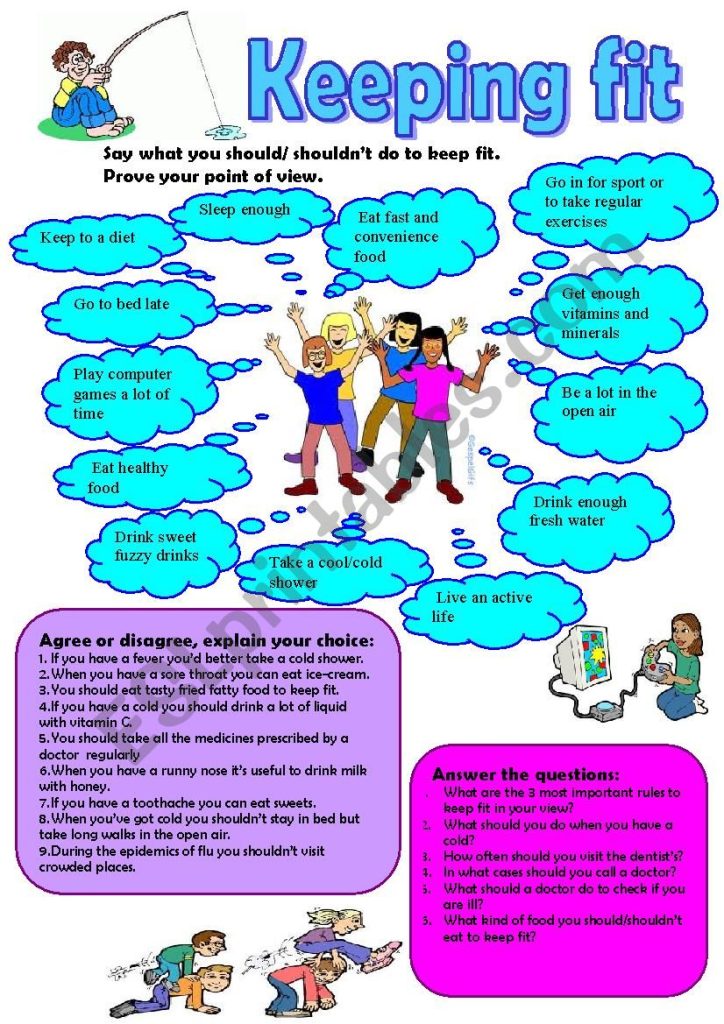
Anti-aging exercises are a crucial component of maintaining a youthful appearance and overall well-being. Aging is a natural process, but you can significantly impact its effects with the right approach. This article delves into the key anti-aging exercises that can help you stay fit and look younger, addressing common concerns and outlining a practical framework. We will explore various types of exercises, from strength training to flexibility and cardiovascular routines. Through concrete examples and actionable steps, this article provides a roadmap for incorporating effective anti-aging exercises into your lifestyle.
Understanding the Impact of Aging on the Body
The aging process affects various bodily functions, impacting physical strength, flexibility, and overall health. Gradual loss of muscle mass, reduced bone density, and decreased cardiovascular function are common occurrences as we age. Addressing these issues through targeted exercise programs is crucial in combating the negative effects of aging and promoting longevity.
Factors Influencing the Aging Process
Several factors play a role in how our bodies age, including genetics, lifestyle choices, and environmental factors. A balanced approach that combines regular exercise, a nutritious diet, and stress management techniques can significantly contribute to mitigating the effects of aging on the body and maintaining a youthful vigor.
Related Post : are anti aging creams a waste of money
The Power of Strength Training for Anti-Aging
Strength training is a cornerstone of any anti-aging exercise program. Building and maintaining muscle mass is crucial, as muscle loss (sarcopenia) often begins in our 30s and accelerates with age. Strength training increases metabolism, supports bone health, and enhances overall physical function, combating the decrease in lean body mass that can make you appear older.
Incorporating Strength Training into Your Routine
Consider a balanced workout routine that combines compound exercises like squats, deadlifts, bench presses, and overhead presses with isolation exercises targeting specific muscle groups. Progressive overload, where you progressively increase the weight, resistance, or repetitions over time, is key to stimulating muscle growth and adaptation. A good strength-training program should also include exercises that target core strength for improved posture and balance.
Flexibility and Mobility for a Younger You
Maintaining flexibility and mobility is vital for reducing stiffness and joint pain, common issues associated with aging. Regular stretching and mobility exercises enhance range of motion, preventing potential injuries and supporting the overall health of your joints. Flexibility, also called range of motion, is the ability to move your body through a full range of movements.
Yoga and Stretching
Yoga and stretching routines are excellent for improving flexibility and mobility. These practices can also contribute to mental well-being through relaxation and mindfulness. Regular yoga sessions can significantly enhance flexibility, improve posture, and foster a sense of balance. Consider incorporating static stretching into your routine, holding each stretch for 15-30 seconds.
Cardiovascular Health and its Importance in Anti-Aging
Maintaining cardiovascular health is essential for combating the aging process. Cardiovascular exercises like running, swimming, cycling, or brisk walking strengthen the heart and lungs, improving circulation and oxygen delivery to the body’s tissues. Regular cardiovascular activity also helps maintain healthy blood pressure and cholesterol levels, further contributing to overall well-being.
Heart-Healthy Activities
Aim for at least 150 minutes of moderate-intensity or 75 minutes of vigorous-intensity cardio per week, as recommended by the American Heart Association. These activities can be broken down into shorter sessions throughout the week, providing flexibility and promoting consistency. For example, a 30-minute brisk walk or a 20-minute jog can significantly contribute to cardiovascular health and enhance youthful energy levels.
Nutrition and Hydration for Overall Well-being
Proper nutrition and hydration play a critical role in the aging process. Consuming a balanced diet rich in fruits, vegetables, lean proteins, and whole grains provides the necessary nutrients to support muscle repair, maintain bone health, and boost overall energy levels. Adequate hydration is equally crucial for optimal bodily functions, including cellular regeneration and detoxification.
Dietary Recommendations
Prioritize whole foods over processed foods. Incorporate foods rich in antioxidants to help protect cells from damage. Maintain a regular hydration schedule throughout the day. Consulting a registered dietitian or nutritionist can provide personalized dietary recommendations aligned with your individual needs and health goals.
What are some common misconceptions about anti-aging exercises?
Many believe anti-aging exercises are only for the elderly or those actively trying to reverse the aging process. This isn’t true! Anti-aging exercises are actually beneficial at any age and can help improve physical function at all stages of life. They can improve mobility and strength, which can help maintain independence in old age. Additionally, anti-aging exercises boost energy levels, increase flexibility, and are an essential component of overall health.
What are the best exercises for anti-aging that can be done at home?
Numerous exercises for anti-aging can be performed at home. Bodyweight exercises like squats, lunges, push-ups, and planks are highly effective for strength training. Yoga and stretching routines, such as chair yoga or Pilates, are excellent for improving flexibility and balance. In addition to strength and flexibility training, cardiovascular exercises like brisk walking or jogging in place can be done at home, requiring no equipment. A combination of these activities will keep you fit and active at home.
In conclusion, incorporating anti-aging exercises into your routine can significantly impact your physical and mental well-being. By focusing on strength training, flexibility, and cardiovascular health, you can maintain a youthful vigor and stave off the effects of aging. Remember, consistency is key! Schedule these exercises into your weekly routine and consider consulting a fitness professional to design a personalized plan tailored to your needs and goals. This will help you age gracefully while staying fit and active. Start your journey towards a healthier, more youthful you today!